What are the essential reference books that anyone with an interest in animation history should have on their bookshelf? It’s a question I’ve rarely seen discussed and would be curious to hear readers’ feedback. I’m not asking about the best written books about the art form, but rather the books that offer valuable information to those pursuing serious study of the history of 20th century animation.
I whittled down my ‘desert island’ list of animation reference books to just seven titles. There are, in fact, dozens of other excellent books, journals and articles related to specific filmmakers, studios, techniques and styles. I could have easily added another dozen titles to the list and still come up short. However, these are the seven books that I find myself returning to time and time again, and I think they provide a solid overview of 20th century animation for any intrepid researcher/historian/fan of the art form. Please share your favorite reference books in the comments.
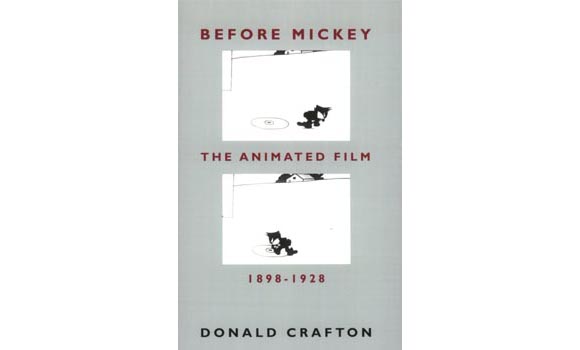
1.) Before Mickey: The Animated Film 1898-1928 (1982, revised in 1993) by Donald Crafton — Walt Disney was an important figure in the development of animation, but so were Raoul Barré, James Stuart Blackton, John R. Bray, Emile Cohl, Winsor McCay, Otto Messmer, Lotte Reiniger, and Paul Terry. This book covers all of them, and is essential grounding in the early history of animation.
(1982, revised in 1993) by Donald Crafton — Walt Disney was an important figure in the development of animation, but so were Raoul Barré, James Stuart Blackton, John R. Bray, Emile Cohl, Winsor McCay, Otto Messmer, Lotte Reiniger, and Paul Terry. This book covers all of them, and is essential grounding in the early history of animation.
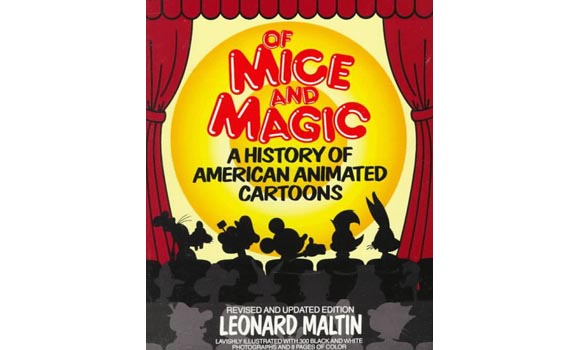 2.) Of Mice and Magic: A History of American Animated Cartoons
2.) Of Mice and Magic: A History of American Animated Cartoons
(1980, revised in 1987) by Leonard Maltin — Capsule histories of Golden Age theatrical animation studios, still unsurpassed as a primer on that era.
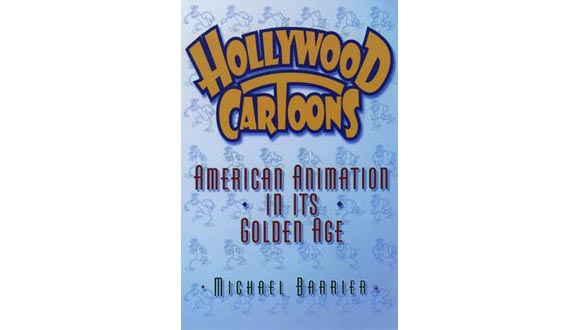 3.) Hollywood Cartoons: American Animation in Its Golden Age
3.) Hollywood Cartoons: American Animation in Its Golden Age
(1999, paperback in 2003) by Michael Barrier — The yang to Maltin’s yin. A highly opinionated and meticulously researched take on Golden Age American animation. The book will be best appreciated if you have some existing knowledge of classic animation.
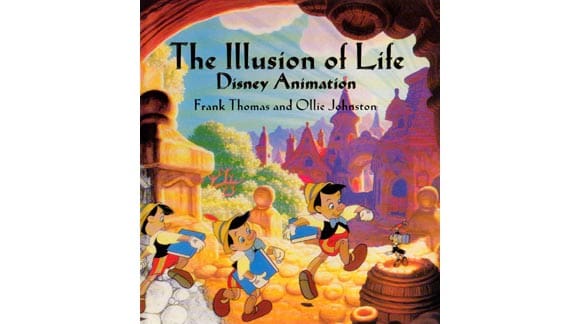 4.) The Illusion of Life: Disney Animation
4.) The Illusion of Life: Disney Animation
(1981) by Frank Thomas and Ollie Johnston — Everything that could have already been said about this book has been said. Suffice to say, if you can own just one book about Disney animation, this is it. The development of the studio’s approach to character animation has never been more clearly documented.
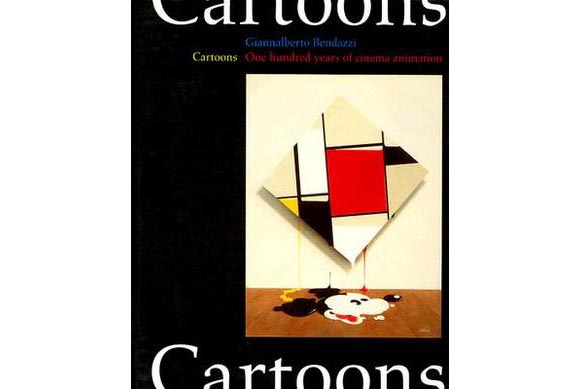 5.) Cartoons: One Hundred Years of Cinema Animation
5.) Cartoons: One Hundred Years of Cinema Animation
(1994) by Giannalberto Bendazzi — From Argentina to Zaire, this is the most thorough survey of global animation. I refer to this book frequently, and more often than not, I’ll find the name I’m looking for. A much-anticipated updated edition is due out later this year, which I plan to purchase the moment it’s released.
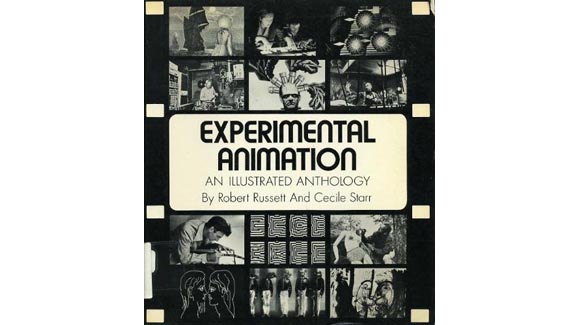 6.) Experimental Animation: An Illustrated Anthology
6.) Experimental Animation: An Illustrated Anthology
(1976, reprinted in 1988 as
Experimental Animation: Origins of a New Art) by Robert Russett and Cecile Starr — Many of the innovative techniques we see in commercials and music videos nowadays were done decades ago by the likes of Walter Ruttmann, Viking Eggeling, Hans Richter, Oskar Fischinger, Mary Ellen Bute, Len Lye, and Norman McLaren. This book is still the best source of information about the leading abstract and experimental animators of the twentieth century.
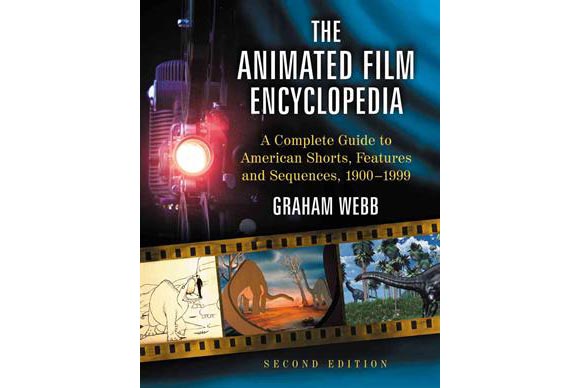 7.) The Animated Film Encyclopedia: A Complete Guide to American Shorts, Features, and Sequences, 1900-1999
7.) The Animated Film Encyclopedia: A Complete Guide to American Shorts, Features, and Sequences, 1900-1999
(second edition released in 2011) by Graham Webb — Expensive but useful. This is a pure reference work and not something intended to be read, but with over 7,000 entries, it is the most complete listing of credits for Golden Age theatrical shorts, with plenty of credits not even found on IMDB.
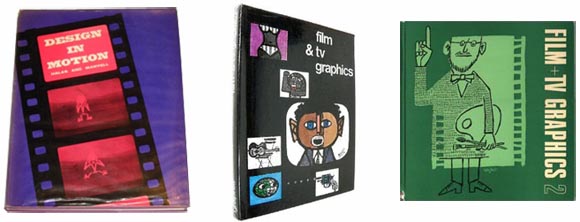 Honorary mentions
Honorary mentions to the following three books:
Design in Motion
(1962),
Film & TV Graphics
(1967), and
Film + TV Graphics 2
(1976) — These books are short on text, but filled with great images from animation produced between the late-1950s and mid-1970s. This vital, and poorly undocumented, period in animation history coincided with the growth and expansion of international and independent animation, which is in full bloom today. Many important names and films are represented in these books, and I find myself often cross-referencing them with Bendazzi’s book.
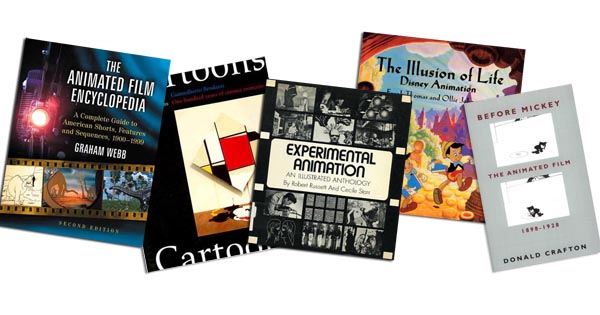
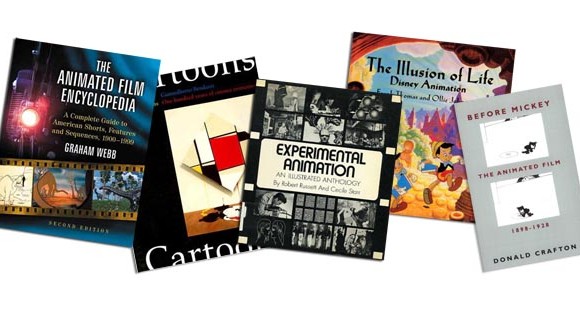

(1982, revised in 1993) by Donald Crafton — Walt Disney was an important figure in the development of animation, but so were Raoul Barré, James Stuart Blackton, John R. Bray, Emile Cohl, Winsor McCay, Otto Messmer, Lotte Reiniger, and Paul Terry. This book covers all of them, and is essential grounding in the early history of animation.






 Honorary mentions to the following three books: Design in Motion
Honorary mentions to the following three books: Design in Motion